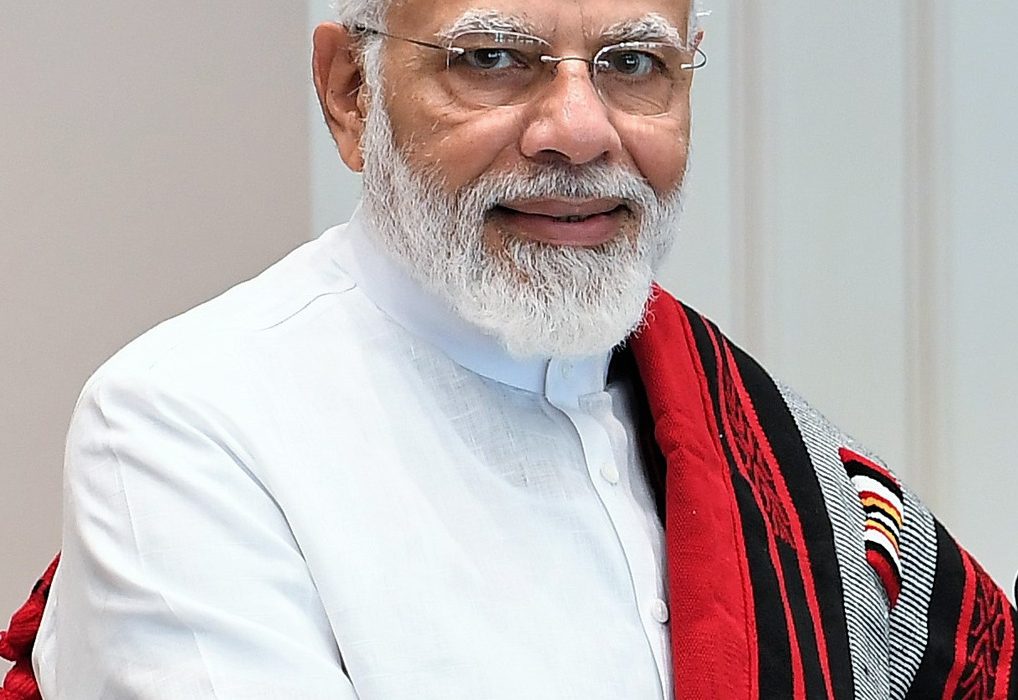Indian Prime Minister Narendra Modi was warmly welcomed to Sri Lanka on Saturday, marking a significant diplomatic visit that highlights Colombo’s delicate balancing act between its two powerful neighbours—India and China. Modi’s arrival in Colombo was met with a 19-gun salute by President Anura Kumara Dissanayake, making him the first foreign dignitary to visit Sri Lanka since the leftist leader took office following a sweeping electoral victory last year.
During his visit, Modi and Dissanayake are expected to sign several key agreements, including those related to energy, defence, and health. However, the most anticipated part of the visit is the official launch of a major Indian-backed solar power project in Sri Lanka. The 120-megawatt solar power plant, located in the northeastern Trincomalee district, had been delayed for several years but is now moving forward with the backing of New Delhi in a joint venture between the two nations.
Upon his arrival late Friday evening, Modi expressed his appreciation for the “spectacular welcome” he received in Sri Lanka, followed by an honour guard parade in Independence Square, Colombo’s iconic site. Modi’s trip comes at a time when Sri Lanka is navigating the complex geopolitical landscape, particularly with regard to its relations with both India and China.
India has long been wary of China’s growing influence in Sri Lanka, a region it considers vital to its own strategic interests. Dissanayake’s first foreign visit after assuming office was to New Delhi in December, underscoring the importance of strong ties with India. However, in a sign of Sri Lanka’s balancing act, the President also visited Beijing in January, reinforcing the island nation’s need to maintain cordial relations with China, which is Sri Lanka’s largest bilateral creditor, holding more than half of the country’s $14 billion debt.
China has played a critical role in helping Sri Lanka navigate its recent economic crisis, including restructuring loans following the island’s default on its sovereign debt in 2022. In addition, Sri Lanka signed a $3.7 billion agreement with a Chinese state-owned company in January to build a massive oil refinery in the southern part of the island. This project is poised to become the largest single foreign investment in Sri Lanka and is seen as essential for the country’s economic recovery.
Meanwhile, New Delhi remains increasingly concerned about China’s growing footprint in the region, with Sri Lanka serving as a focal point of this strategic competition. Modi’s visit to Sri Lanka is part of a broader regional engagement, following his participation in the BIMSTEC summit in Thailand. During his time in Bangkok, Modi held bilateral meetings with Myanmar’s military junta leader Min Aung Hlaing, as well as Bangladesh’s interim leader Muhammad Yunus, marking the first such interactions since political upheavals in Dhaka. Additionally, he met with Nepalese Prime Minister KP Sharma Oli and Bhutanese leader Tshering Tobgay, further strengthening India’s regional ties.
As Sri Lanka navigates its diplomatic ties with both India and China, Modi’s visit serves as a reaffirmation of India’s growing interest in the island nation’s development and security, particularly in the energy and defence sectors. The unfolding cooperation between the two countries is expected to be a cornerstone of Sri Lanka’s strategic decisions in the coming years.
